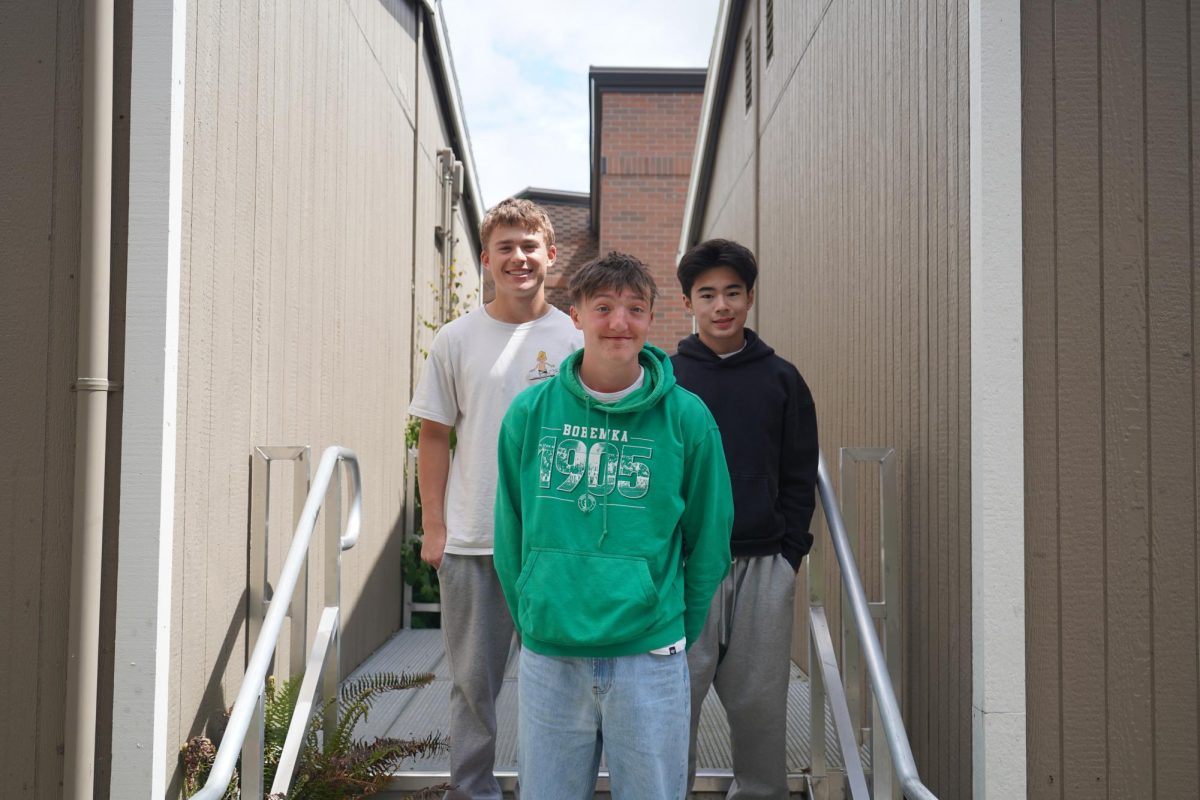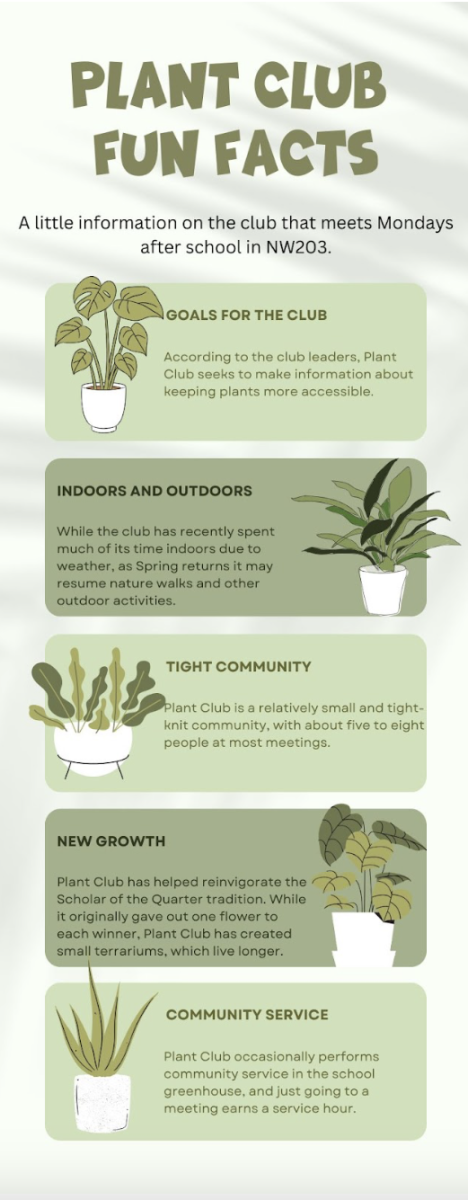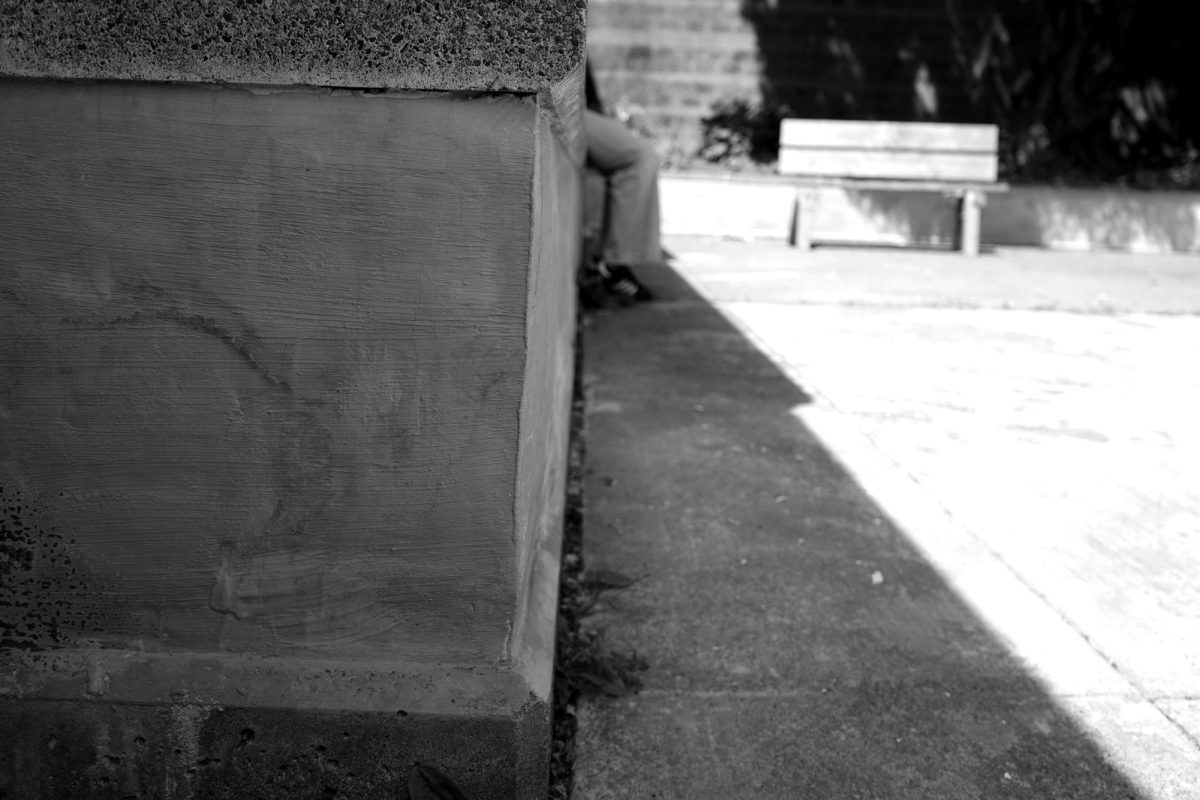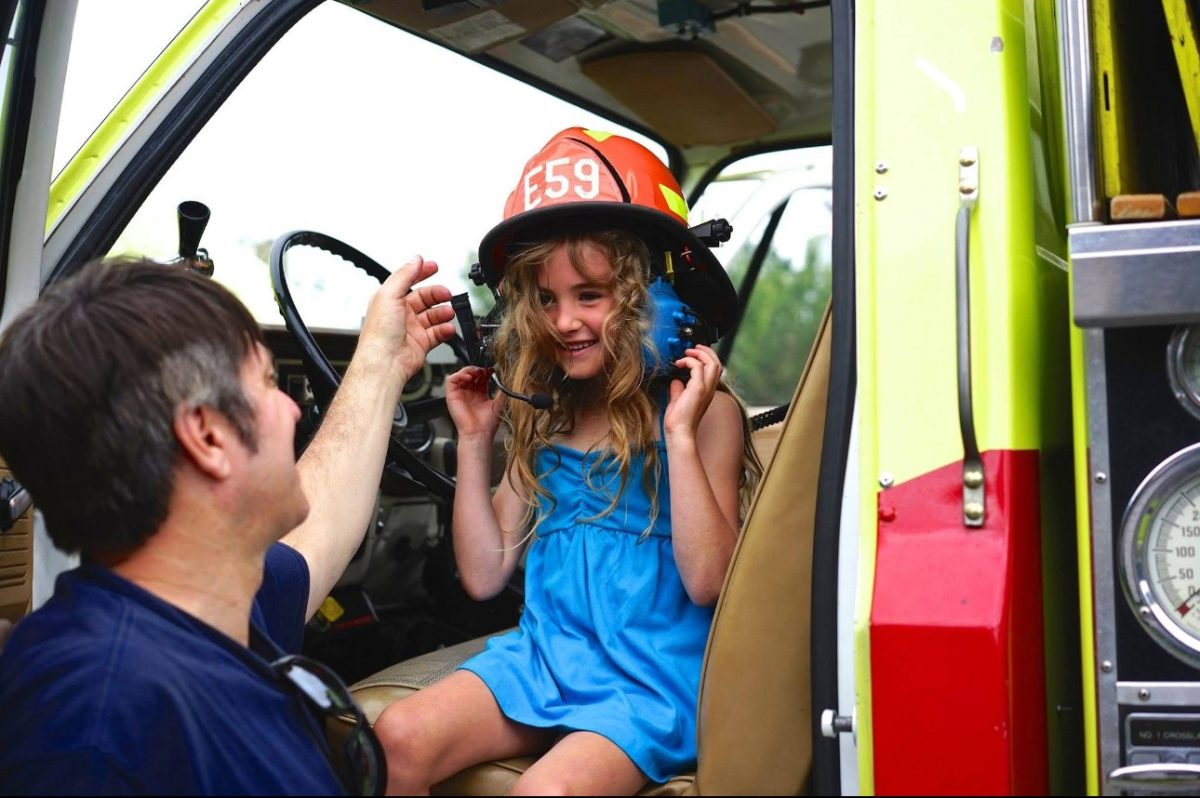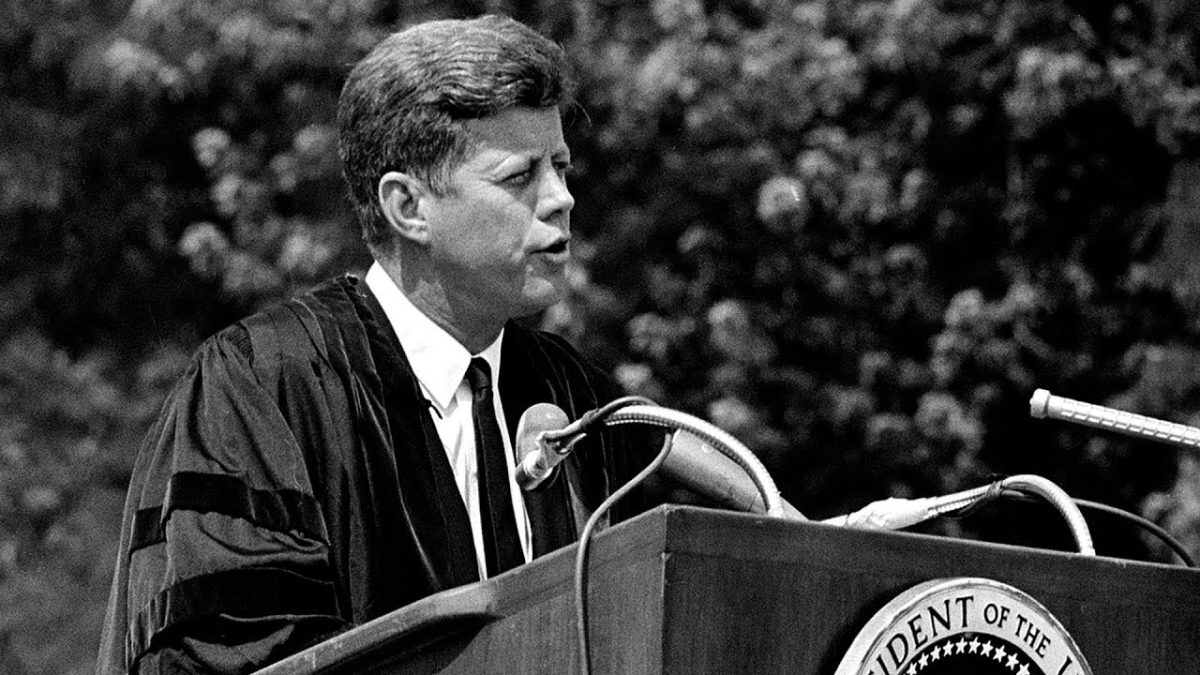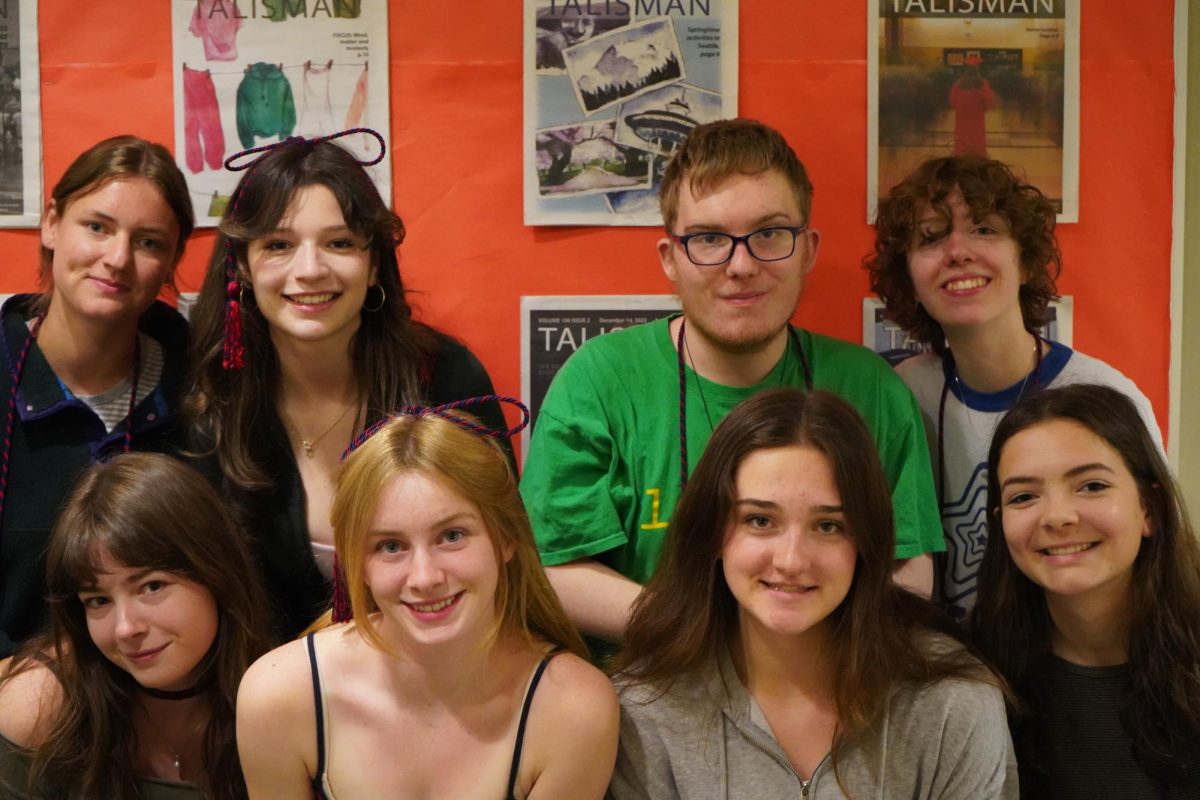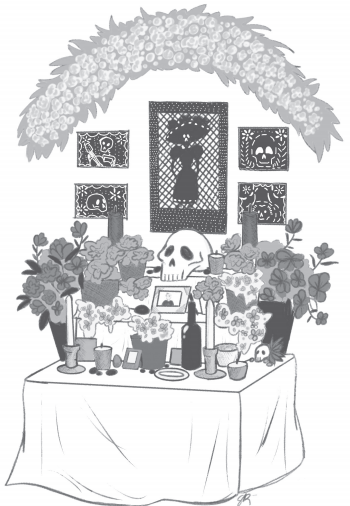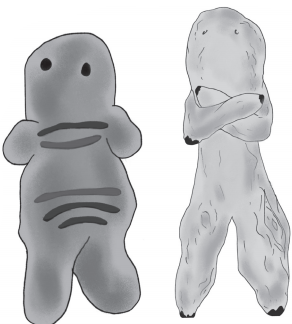Drawn here is an ofrenda decorated with pictures of the deceased, offerings of flowers and general niceties that celebrate and honor their lives. (Sam Rainville)
Members of the Latinx community share traditions of celebrating the lives of their loved ones
Tess Petrillo, News EDITOR
ORIGINALLY PUBLISHED October 25, 2019
This year, El Día de los Muertos will begin on Oct. 31 and end on Nov. 2. Families and friends will come together to celebrate and rejoice the lost lives of their loved ones in a day of remembrance.
History teacher Alonzo Ybarra celebrates Día de los Muertos and educates on the culture associated with the holiday as well as Mexican heritage in general.
“It has ancient traditions that predate the Spanish,” Ybarra said. “Most people would attribute it to the culture of the Aztecs, but it likely predates the Aztecs as well.”
Many celebrators place bread baked in the shape of people on their ofrendas as depicted above. (Sam Rainville)
“It has evolved over time because of the presence of Catholicism and colonialism. So it kinda started to appear to be a cultural tradition that was tied to Catholicism when it was really a cultural tradition that persevered despite Catholicism.”
Throughout history, Catholicism has seeped into Mexican culture, sometimes affecting the traditions of Día de los Muertos. Junior Gavin Bradler describes how religion has become a part of his family’s traditions.
“In my house, we usually set up a small ofrenda in my kitchen, dining room or living room area,” Bradler said. “We set up pictures of deceased relatives and candles, usually some with the Virgin Mary on it. And throughout the days that it is set up we usually include it in some sort of prayer that we say around it.”
Bradler also explained how his, tía, his aunt, celebrates the holiday while still preserving her religious beliefs.
“You aren’t supposed to give offerings to the dead,” Bradler said. “Often my family in Mexico will visit the grave of a family member and have a moment of remembrance, but they don’t put out any offerings besides maybe flowers.”
In Seattle, Bradler’s family also includes alebrijes on their ofrenda. “There are little statues that my tía bought us,” Bradler said. “They’re these giant colorful animals. And we put them on the ofrenda in front of the relatives, as guardians over your relatives and your family tree.”
Overall, Bradler views Día de los Muertos as a day of commemorating family. “It’s mainly just for the remembrance and reverence for ancestors and personal family history.”
Senior Jasmin Garcia Cruz has a similar view on the purpose of Día de los Muertos. “In my family, we celebrate to honor our family members that have passed away,” Garcia Cruz said. “It’s kind of a way for us to tell them that we still remember who they are.”
Garcia Cruz describes one specific tradition that her family does to honor their past relatives. “Basically we sit down and just talk about our favorite memories that we have with them,” Garcia Cruz said. “It’s a day where we just focus on what they did and how they impacted our lives. It’s also just kind of a way for them to know that we are still thinking about them and that they haven’t been forgotten.”
Garcia Cruz’s family also sets up an ofrenda and says a small prayer for their loved ones, which is the tradition that she hopes to pass down to her children someday.
“In the future when I have kids, I want to keep that tradition going on for my kids to know who their past family members were and what they were like. I want them to know why they were so important to me and why we celebrate this holiday,” Garcia Cruz said.
In addition to cooking their loved ones’ favorite dinners, Garcia Cruz also described a special food that her family indulges in on Día de los Muertos.
“We also go to the store to buy what we call pan, which literally translates to bread,” Garcia Cruz explained. “They come in the shape of, not voodoo dolls, but like a chubbier version of a stick figure.”
Sadly, in America Día de los Muertos is often portrayed in a commercialized way that does not convey the meaning of the holiday.
“I feel like here in America, people don’t really know what it is,” Garcia Cruz explained. “They kind of just dress up and it’s like ‘sugar-skull day!’ I don’t really think they know what the meaning of it is.”
Spanish teacher Vanessa Lopez-Madrid, always sets aside an amount of time to educate her students about traditions like these and the culture associated with Día de los Muertos.
Even though she does not celebrate Día de los Muertos, Lopez-Madrid still has a special connection to the celebration.
“Latinx people, just like people from Spain, are very close with each other,” she explained. “It is something that represents us [Día de los Muertos], we care for each other and are there for each other in a really really close way. It is a representation of the close relationships that families have. You want to keep a person in your daily life, you want to tell them that you are here and you still remember them.”

